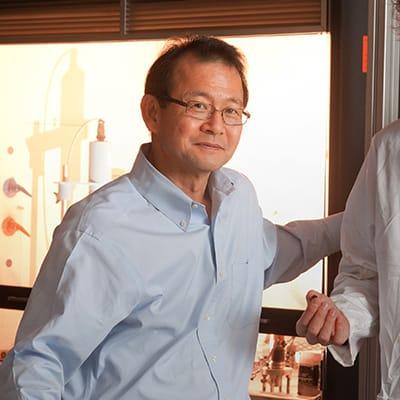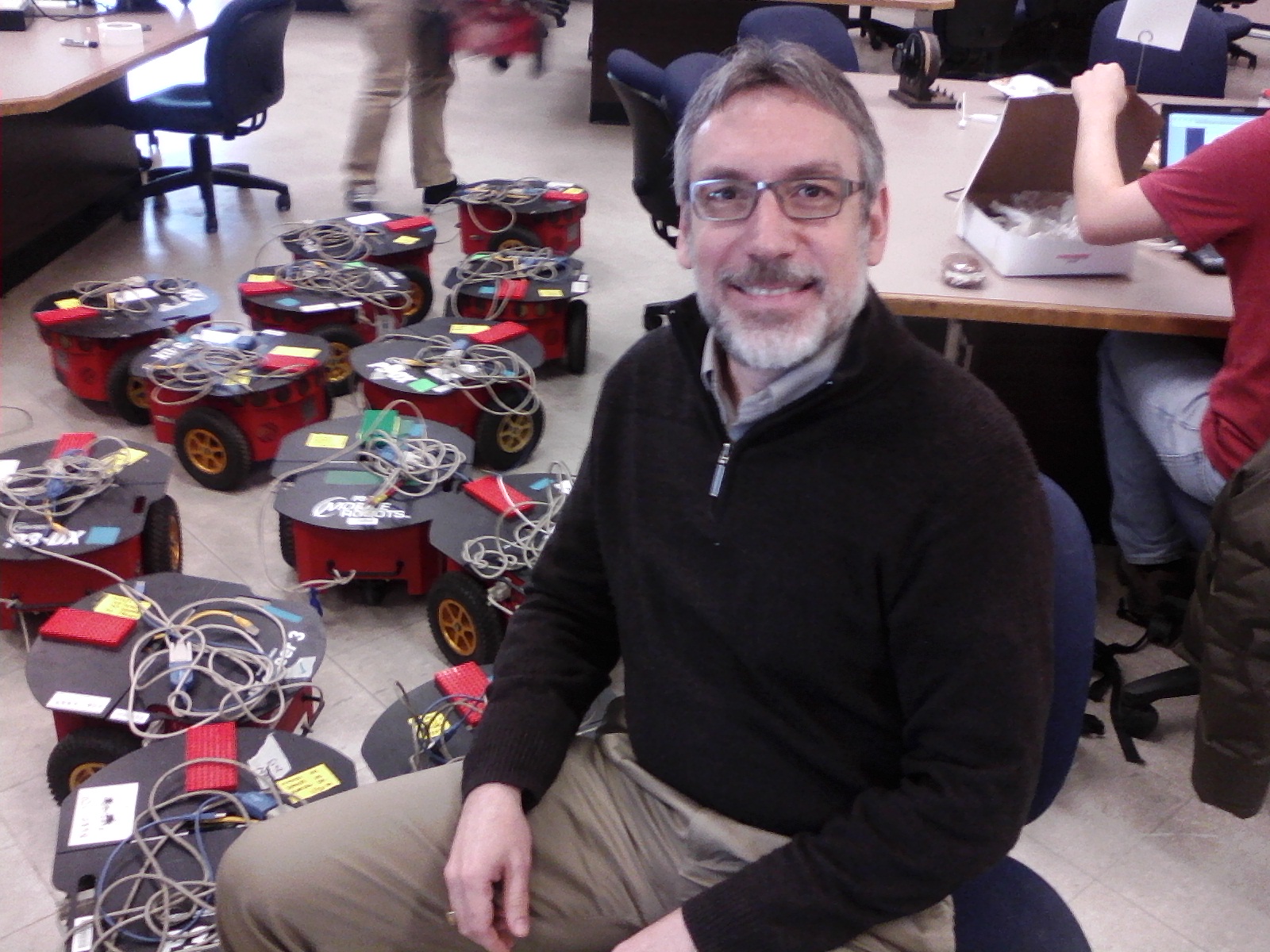LGO interns interested in making something new can do an internship in product design and development. Projects in this category allow students to combine their engineering and MBA knowledge in a unique way to solve problems related to design, product implementation, and new supply chain systems.
Shelby Unger (LGO ’23)
Title: Analysis of Respiratory Time Series Data for Breathing Comfort Detection
Engineering Department: Electrical Engineering and Computer Science
Partner Company: ResMed
Zoe Hinton (LGO ’23)
Title: Enhanced Digital Capability through the use of Simulation in Footwear Product Creation
Engineering Department: Mechanical Engineering
Partner Company: Nike
Allison Smedberg (LGO ’23)
Title: From Bench to Bucks: An Approach and Case Study in Scaling Additive Research and Development Technologies within the Aerospace Industry
Engineering Department: Mechanical Engineering
Partner Company: American Industrial Partners





